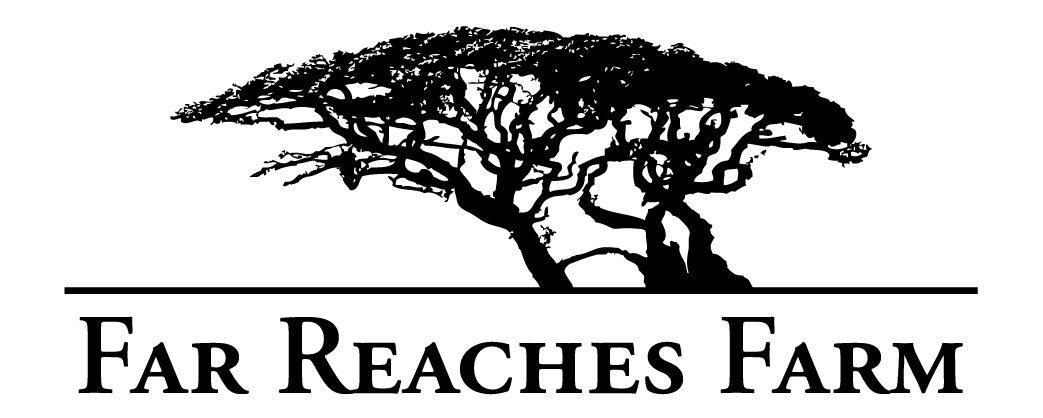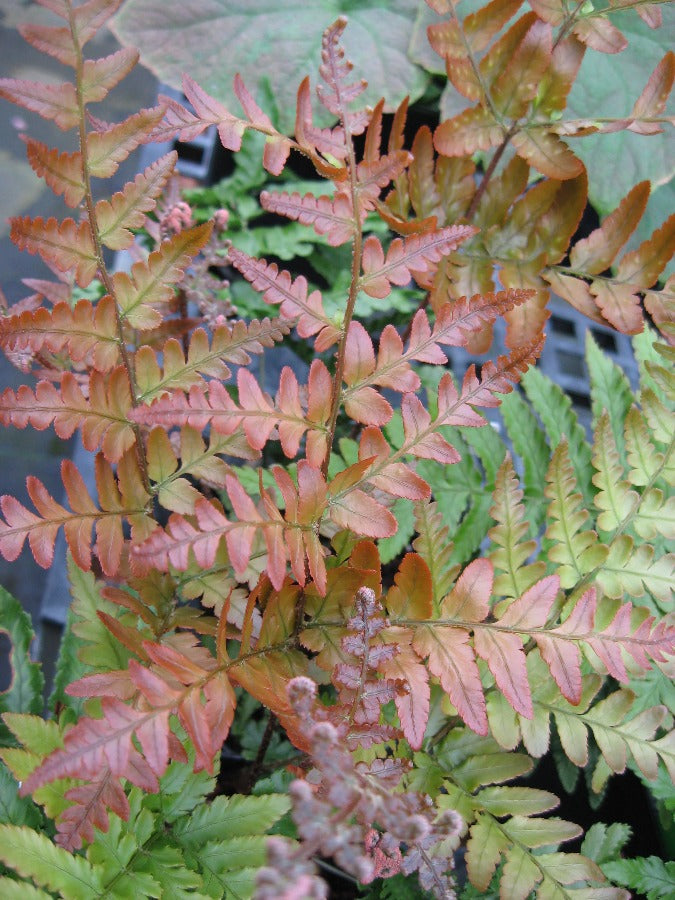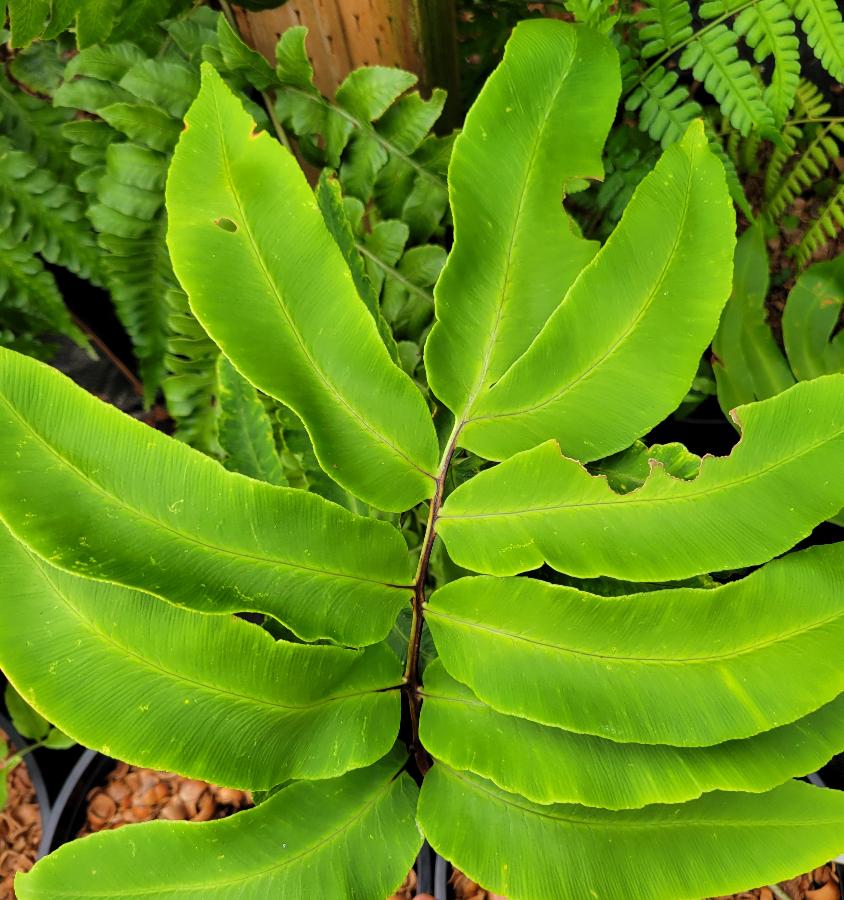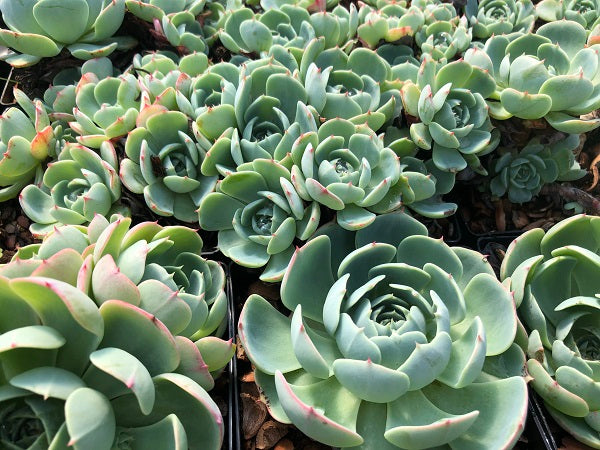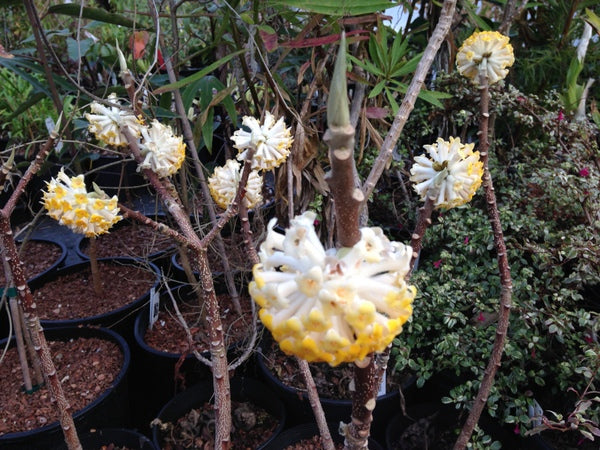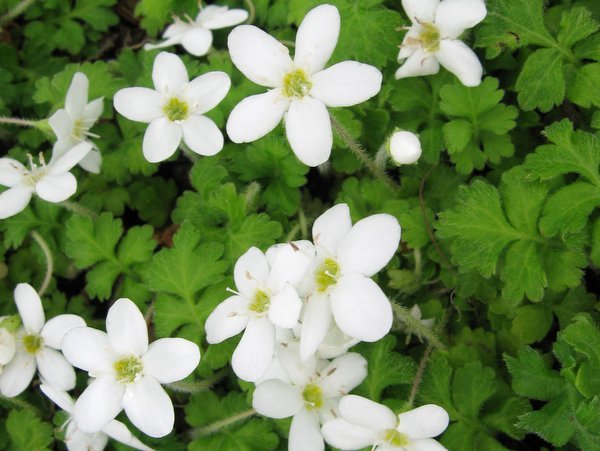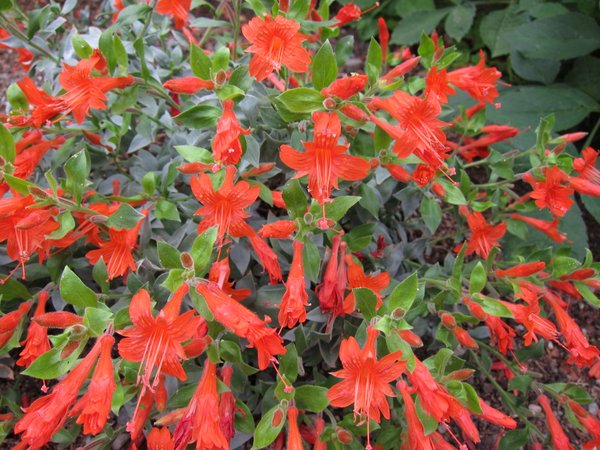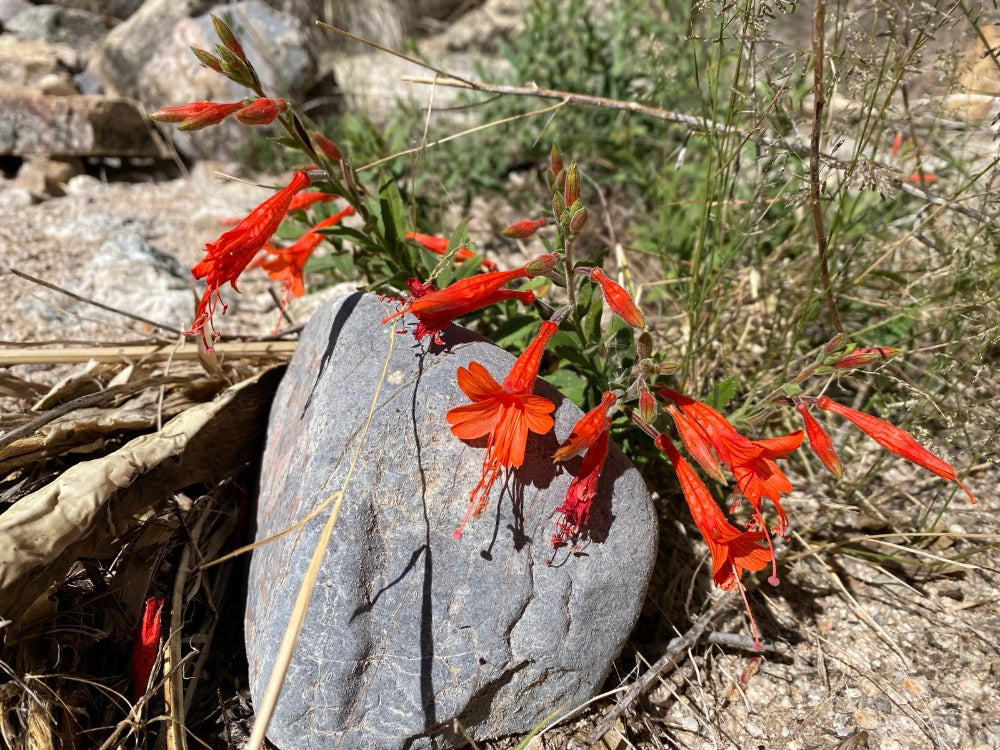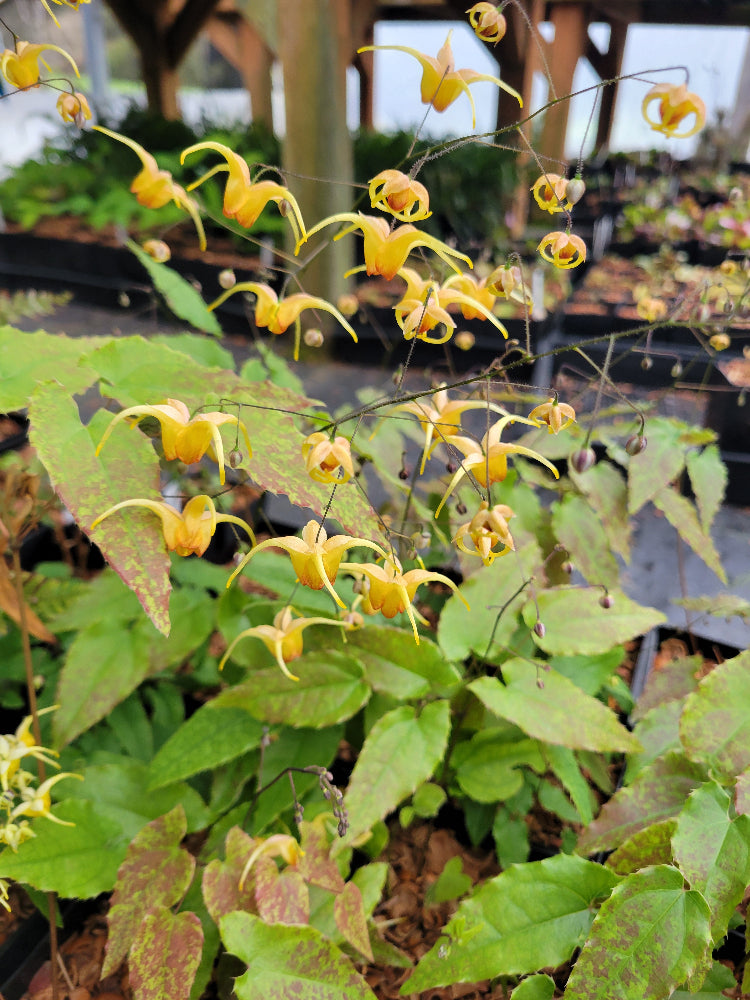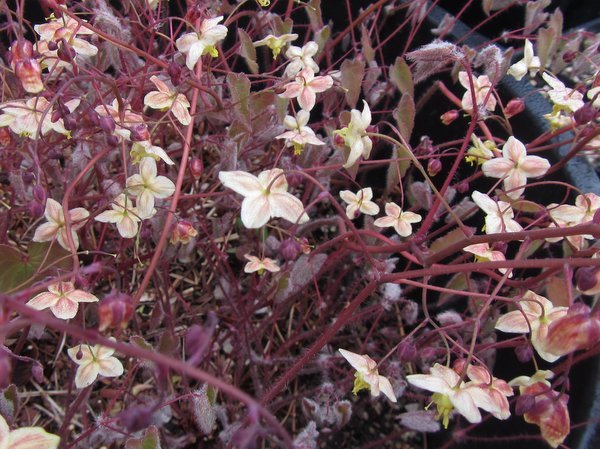Sort by:
1775 products
1775 products
Even among the fern-enthused Dryopteris can sometimes have a bad reputation for same-iness. However if there is one stand-out member this is the one, looking totally unlike what you expect from the genus and rivalling even the tropical ferns of your dreams. Thick blue-green dactyloid fronds that will slowly spready but never truly become dense, making it a great accent plant to thread through your woodland stand-bys. Shockingly hardy down to Zone 6b and evergreen above 5F.
When ethnobotanical and ornamental interest collide it's always a plant worth investing in, and this one hits high marks in both categories. The common name paperbush refers to the use of the plant in making paper, notably that used in Japanese banknotes. Meanwhile the specific epithet of chrysantha foreshadows the unique clusters of early-blooming tubular yellow flowers with an incredible scent. Add to that the gently arching candelabra-like form and I can't see why this isn't in every garden possible.
Chilean Fire Tree. One of the most dramatic plants for our area. This requires our cool and moderate climate where it can become a 20' + narrow deciduous tree that is usually multi-trunked. In late May and June, this is a tower of blazing red-orange tubular flowers and you will get little else done other than answering questions from the neighbors about just what is that tree and eventually there will be strangers knocking on your door inquiring and if you plant a grove then there is the inevitable issue of tour buses with which to contend. Best protected from freezing winds, ours is fully exposed to such but we wrapped the trunk the first few years when we dropped into the teens but now we just give it tough love and do nothing. Being in the Proteaceae, they don't enjoy phosphorous so be careful what you fertilize them with - it is the P in the NPK ratio to which they are allergic. Rather than think too hard on it, we just ladle some dairy manure around our plants in early spring.
Miniature Joint Fir. Choice species from the bleak areas of the "stans" - Afghan, Uzbek, Kazak, Krygh, Paki and Tajikistan. This primitive Conifer relative likes it rough - just good drainage and a hot, sunny dry spot are it's simple wants although it does enjoy the good life and wouldn't turn down a wee drink and a bit to eat. It has been quite adaptable to our regular irrigation in the nursery. In the garden this will slowly creep with more leafless thin green stems which look like a miniature Equisetum until they become bejeweled with red fruit-like cones in mid to late summer. Probably tolerant of more alkaline conditions as well. This does great in the Denver Botanic Garden.
An Arizona collection by FRBC board member Cody Hinchliff of this excellent and underutilized perennial. In exchange for a hot sunny spot and top-notch drainage you will receive plentiful returns in the form of deer-resistant drought-tolerant finely textured foliage with a crown of fiery red corollas. This collection is particularly late-flowering extending the season for both you and your local hummingbirds to a time not particularly known for such saturated blooms. Not for those with wet summers.
Big fan of these underrated little herbaceous doers, was an even big fan when they were under the phonetically delicious Zauschneria. Mounds of silvery foliage topped for an impressively long period in the late summer and fall with salmon pink tubular flowers very similar in appearance to a salvia. That long flowering and flower form also mean they are a delight for hummers. California native and the Sierra should give you some hint to cultural requirements, does well in well-drained and even rocky soils, drought tolerant but not averse to some moisture, at the same time it doesn't want wet feet. Provides a lot that we will be in need of with changing climates, especially in the rain shadow (deer resistant to boot) so we're hoping to see more of it out and about!
One of the best of the new high-quality barrenwort hybrids that have been taking the market by storm as of late. It's no secret why these are being produced so broadly, deer resistant semi-evergreen that can take dry shade and cold temps is not a common set of attributes. Add to that the golden orange flowers profusely produced in this cultivar and you have a plant intro with some serious staying power.
